Elderberry Flower – Sambucus nigra
|
Current Demand = Normal |
Parts Used: Flower |
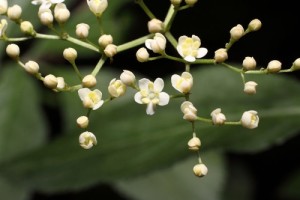 |
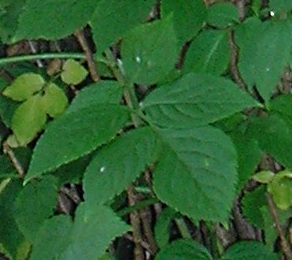 |
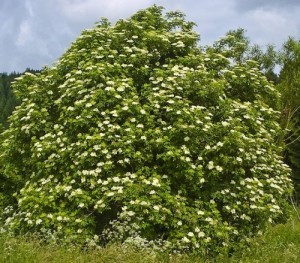 |
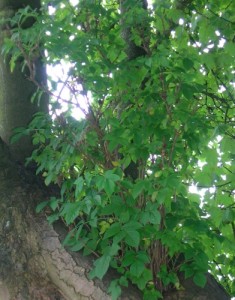 |
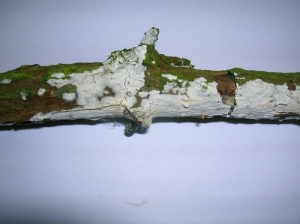 |
Family: Caprifoliaceae
Common Names: black-berried elder black elder, common elder, elderberry, rob elder, sweet elder, american elderberry…
Description
Shrub or small tree that grows in both wet and dry fertile soils. Bark is light grey when young then turns to coarse grey.
Harvesting/Drying
Parts Used: flower
The Elderberry flower can be harvested.
Make sure all roots and foreign objects such as stones, grass or tree leaves are removed. In a warm dry area such as a barn loft or attic either place, lay flowerss in a thin layer or on a screen if possible, or hang multiple flowerss together in small bunches. When drying any leaf or herb, avoid the sunlight as this will bleach the color of your herbs and greatly decrease the value. If you prefer to hang your herbs for drying, do not tie bunches too tight or the stems will mold. If drying on a flat surface, turning daily is recommended to speed the drying process and discourage mold. Avoid combining fresh crops and dry or partially dry crops. When handling dried flowers take care to avoid crushing. Keeping dried flowers in tact will often increase the value of your crop.
The key to drying any root, herb or bark is an even combination of heat and airflow. Never dry in a microwave or oven.
Once your flower is completely dry (it will crumble) in 3-5 days depending on drying conditions. Place the flowers carefully into a cardboard box or paper bag for storage in dry area until ready for use or to sell. Do not store in plastic or will mold or turn black.
 Root Buyer
Root Buyer